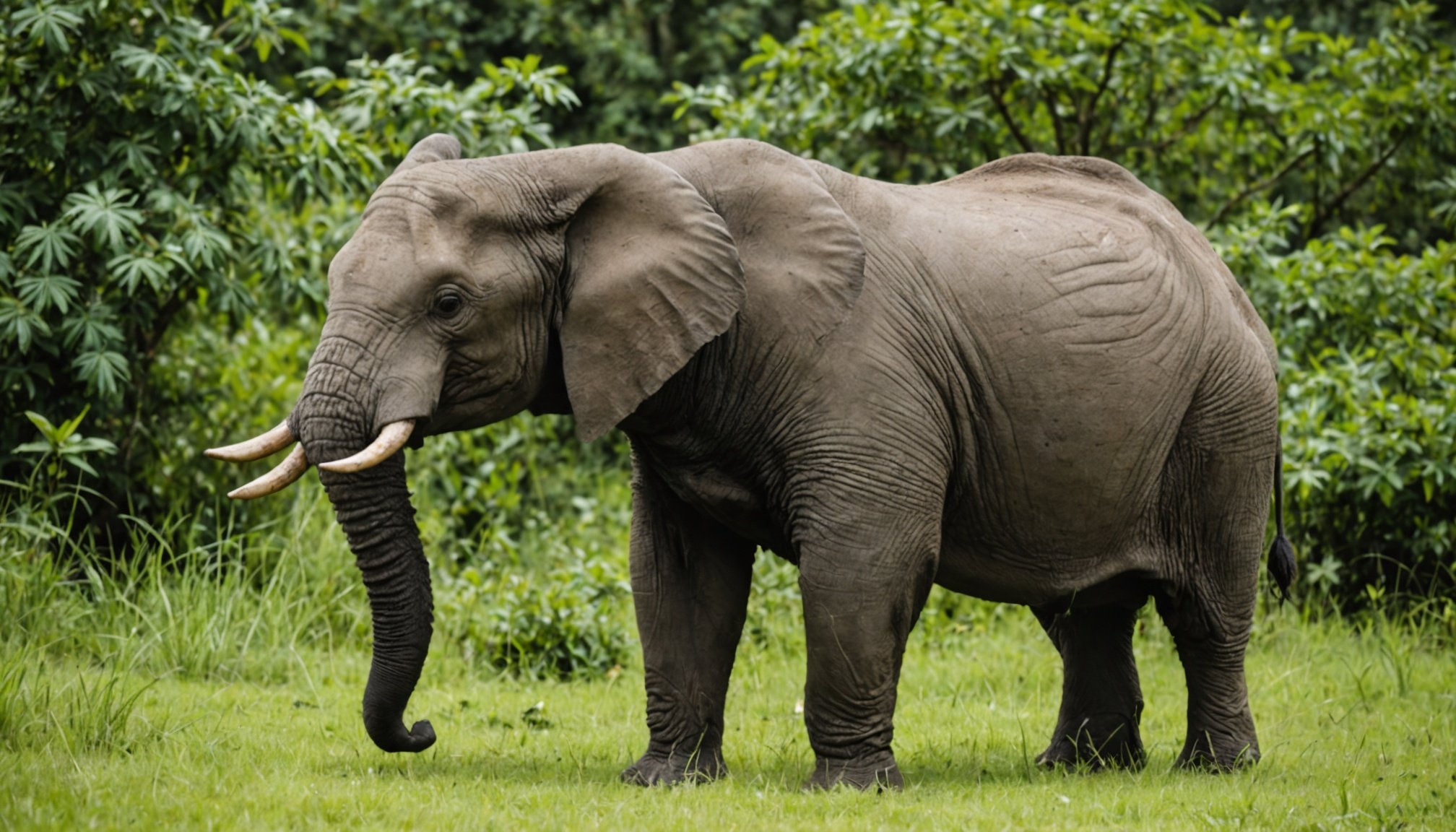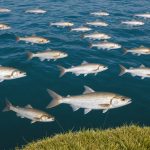Legal Framework for Wildlife Protection in the UK
The Wildlife and Countryside Act 1981 is a cornerstone of wildlife law in the UK, aiming to ensure the protection of endangered species. It provides legal strategies to tackle wildlife crimes such as illegal hunting and habitat destruction. Recent amendments have bolstered enforcement measures against poaching, reflecting a stronger stance against wildlife crimes. These updates are integral in ensuring endangered species protection is effective and robust.
Post-Brexit, the role of European Union regulations in UK wildlife conservation has transformed. The UK is no longer bound by EU conservation directives, leading to the establishment of new national frameworks. This shift necessitates legislative changes to fill regulatory gaps previously addressed by EU law. Such changes are crucial for maintaining high standards of species protection, previously coordinated at a regional level.
Also read : Boosting uk farming: eco-friendly strategies to safeguard barn owl populations
The interplay between national legislation and international agreements, such as those informed by the Convention on International Trade in Endangered Species (CITES), remains significant. Collaborations that strengthen global conservation efforts are vital for the continued success of wildlife protection initiatives. As a result, these frameworks must adapt continually to meet evolving challenges in endangered species conservation and poaching prevention.
Role of Law Enforcement in Combating Wildlife Crime
Law enforcement plays a crucial role in combating wildlife crimes, serving as the frontline defense in preserving endangered species. Specialized units have been established, dedicated solely to tackling issues such as illegal hunting and poaching. These units incorporate a range of strategies, from intelligence-led raids to undercover operations, aiming to dismantle poaching networks efficiently.
This might interest you : Transforming uk urban gardens: creative approaches to enhance pollinator habitats and combat declines
However, enforcing wildlife laws comes with its own set of challenges. One significant hurdle is the limited resources and manpower available to address the expansive reach of poaching networks. Moreover, the covert nature of wildlife crime often complicates investigations, necessitating robust collaboration between law enforcement agencies and conservation organizations. Such partnerships enhance intelligence sharing and operational efficiency.
The involvement of the police is critical in this collaborative effort, often working hand-in-hand with conservation bodies to address wildlife crimes. These joint operations not only help in tracking and apprehending offenders but also provide invaluable insights into emerging trends and tactics used by poachers. These insights are vital for developing effective counter-strategies. Enhanced training programs and technological advancements further empower law enforcement, ensuring a proactive approach in the fight against wildlife crime.
Current Statistics and Trends in Poaching
In recent years, poaching statistics in the UK have highlighted alarming trends in wildlife crime. Between 2020 and 2023, reports indicate a significant rise in poaching incidents, with targeted endangered species including birds of prey, deer, and hares. These statistics not only reveal the scale of challenges faced by conservationists but also underscore the urgent need for effective intervention strategies.
A closer examination of wildlife crime data suggests a shift in poaching methods, with increased use of sophisticated technology and tactics. For instance, night vision equipment and drones are being used to evade detection, complicating law enforcement efforts considerably. This evolution in techniques necessitates innovative responses from authorities, who must adapt to keep pace with these advancing threats.
Law enforcement agencies must now reinforce their capabilities with cutting-edge tools and training to counteract these emerging trends. Moreover, collaboration with international bodies is crucial to curb cross-border poaching activities, which often feed into larger illegal wildlife trade networks. Understanding these trends and the factors driving them is imperative for strengthening current strategies and developing more robust approaches to combat poaching effectively.
Non-Governmental Organizations: Their Role and Impact
In the realm of wildlife conservation, Non-Governmental Organizations (NGOs) serve as vital partners in safeguarding biodiversity. Numerous key NGOs in the UK are dedicated to this cause, coordinating initiatives that bolster endangered species protection. These organizations facilitate community engagement, ensuring local stakeholders actively participate in conservation efforts. By directing resources and knowledge towards community-driven projects, NGOs empower local populations to take ownership of wildlife protection, often resulting in more sustainable outcomes.
NGOs also engage in collaborative efforts with local communities and governmental bodies, creating a united front against poaching and habitat destruction. This multi-faceted approach enhances the effectiveness of conservation strategies. It fosters a culture of cooperation and shared responsibility. NGOs lead by example, showing how a combination of advocacy and practical interventions can yield tangible successes in wildlife conservation.
Moreover, NGO-led advocacy plays a significant role in shaping wildlife conservation policies. Through persistent campaigns and educational initiatives, these organizations raise public awareness and influence legislative changes. Their work highlights the importance of aligning conservation practices with sound scientific research and community needs, ensuring that policies not only protect wildlife but also support human development in harmony with nature.
International Treaties and Their Impact
International wildlife treaties play a pivotal role in safeguarding biodiversity and combating wildlife crime at a global level. The Convention on International Trade in Endangered Species of Wild Fauna and Flora (CITES) is a cornerstone agreement that regulates international trade to prevent species from becoming endangered due to over-exploitation. CITES operates by implementing stringent controls and regulations, ensuring that cross-border trade does not threaten the survival of species in the wild.
The effectiveness of international agreements like CITES is evident in the reduced rates of poaching for certain species, as member countries commit to enacting and enforcing regulations that align with conservation goals. These treaties foster global cooperation, providing a framework for countries, including the UK, to collaborate on issues like illegal wildlife trade and species protection efforts.
The UK’s role in global wildlife crime prevention is substantial, as it actively participates in international discussions and implements treaty commitments through national legislation. This engagement not only enhances domestic wildlife protection measures but also strengthens international bonds in the fight against poaching and illegal trade. Through these treaties, the UK contributes significantly to the worldwide efforts to conserve endangered species.
Case Studies of Successful Interventions
Examining successful interventions provides valuable insights into effective anti-poaching strategies. In the UK, several conservation case studies illustrate the positive impact of local efforts and innovative approaches. For example, initiatives incorporating community-led surveillance programs have shown significant reductions in poaching incidents. These programs empower residents through training, enhancing their capability to monitor and report suspicious activities, providing a frontline defense against wildlife crime.
Lessons from these interventions highlight the importance of community-based conservation initiatives. By involving local populations directly in biodiversity protection, these projects foster a sense of ownership and responsibility, leading to sustainable conservation outcomes. Moreover, they allow for the integration of traditional knowledge and modern techniques, catering to unique ecological contexts.
The effectiveness of public awareness campaigns in supporting wildlife protection cannot be overstated. Campaigns such as those promoting the “Eyes on Wildlife” initiative have successfully raised awareness, leading to increased public participation in conservation activities. These campaigns utilize multimedia platforms to engage diverse audiences, emphasizing the ecological and economic benefits of preserving endangered species. Overall, these case studies demonstrate how targeted interventions can substantially contribute to reducing poaching and safeguarding wildlife.
Recommendations for Policy Improvements
Enhancing wildlife policy recommendations can significantly bolster conservation efforts. Implementing legislative changes is key to creating robust protections for endangered species. Such changes should focus on improving the clarity and enforceability of existing laws, ensuring comprehensive coverage of all potential threats to wildlife. Strengthening penalties for wildlife crimes can serve as a deterrent and demonstrate a serious commitment to conservation.
Integrating conservation into national policy frameworks ensures a long-term approach to biodiversity protection. This entails embedding wildlife protection goals into broader environmental strategies, considering ecological sustainability in urban planning, agriculture, and infrastructure development. A multi-sectoral approach helps balance economic and environmental interests while fostering resilience against the challenges posed by climate change and human encroachment on habitats.
Effective advocacy among stakeholders is crucial for driving policy changes. Establishing partnerships between government bodies, NGOs, and local communities creates a collective force for reform. Engaging influencers and decision-makers through evidence-based presentations and public campaigns can catalyze change. Furthermore, encouraging public participation in policy discussions, combined with education on conservation benefits, empowers citizens to advocate for meaningful and practical policy improvements. These strategies lay the groundwork for robust and adaptable frameworks that prioritise wildlife conservation.
Community Engagement and Advocacy Strategies
Successful conservation efforts heavily rely on community involvement and active public engagement. Raising awareness about wildlife crime is essential. This can be achieved through educational campaigns and local workshops that highlight the importance of preserving biodiversity. Such initiatives often employ a variety of media platforms to reach broad audiences, ensuring that the message resonates with diverse groups.
Local communities play a pivotal role in monitoring and reporting poaching activities. By integrating community-led programs, residents are empowered to act as frontline defenders against wildlife crimes. These programs typically incorporate citizen reporting systems that facilitate quick communication with authorities, ensuring timely interventions.
Training programs are fundamental in equipping community members with the necessary skills for effective conservation practices. These programs not only educate participants on ecological preservation techniques but also foster a strong sense of stewardship over local environments. Participants learn to balance traditional methods with modern technologies, catering to the unique needs of their habitats.
By involving communities directly and providing them with robust advocacy tools, these strategies not only bolster conservation efforts but also cultivate a society that values and actively participates in wildlife protection.











